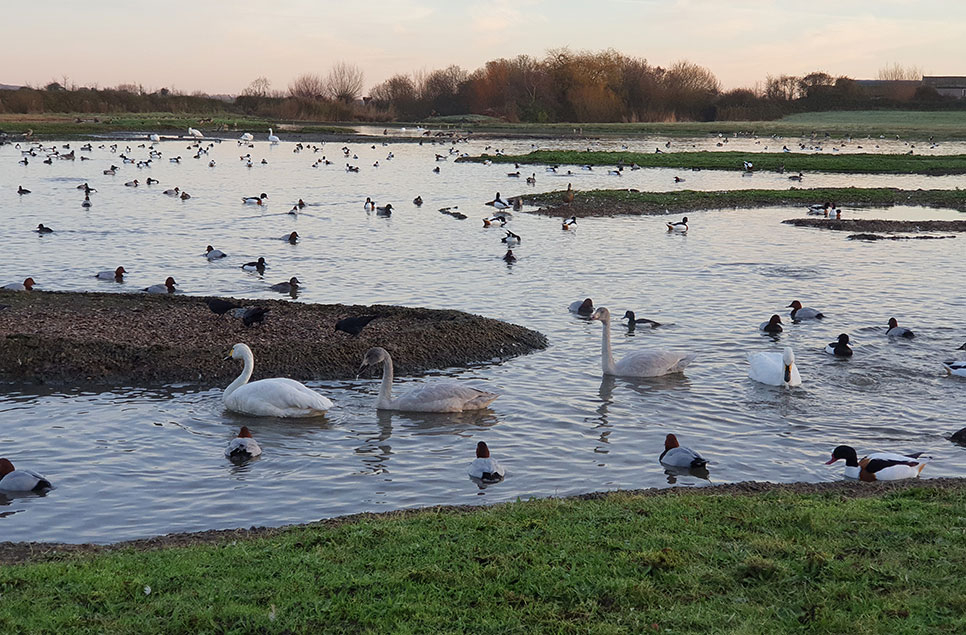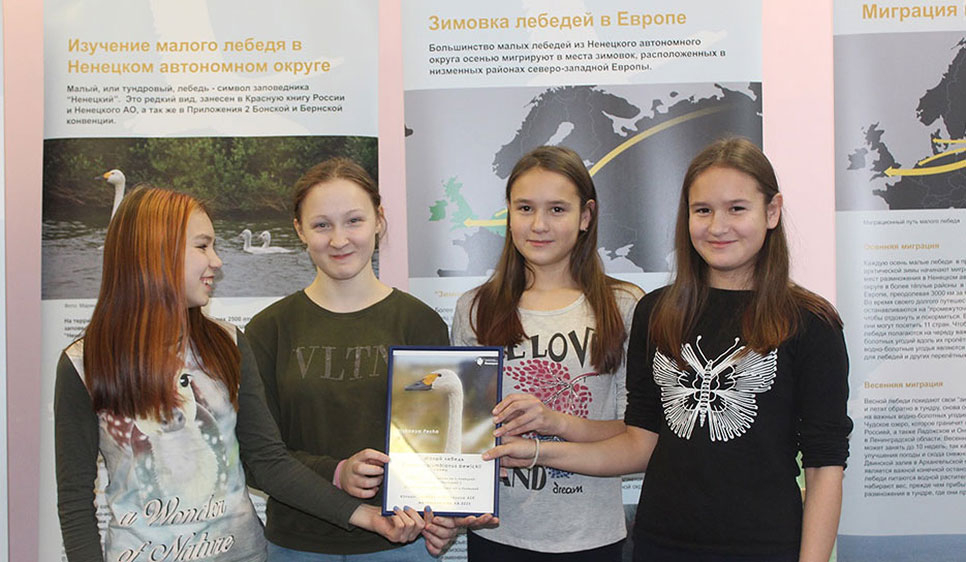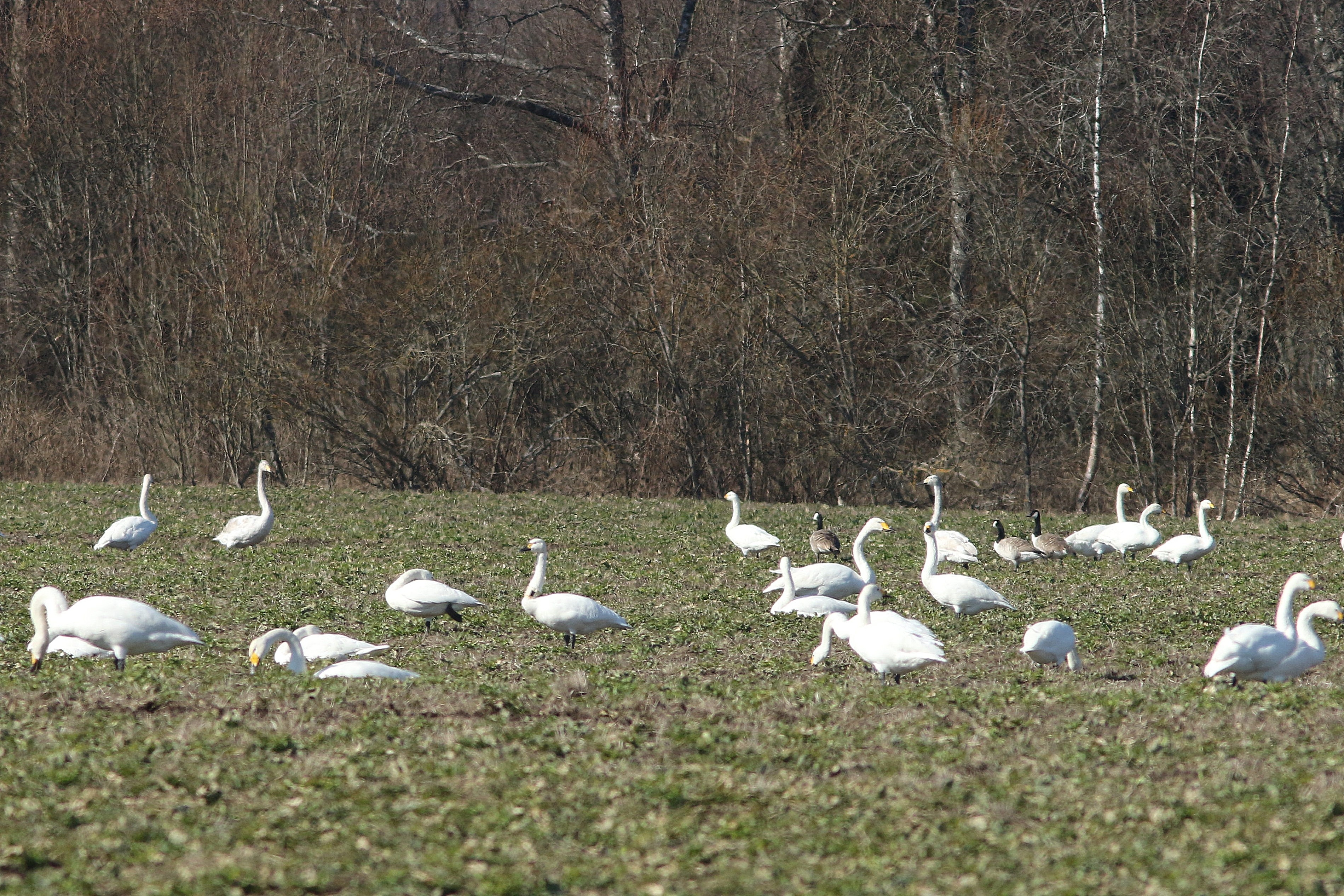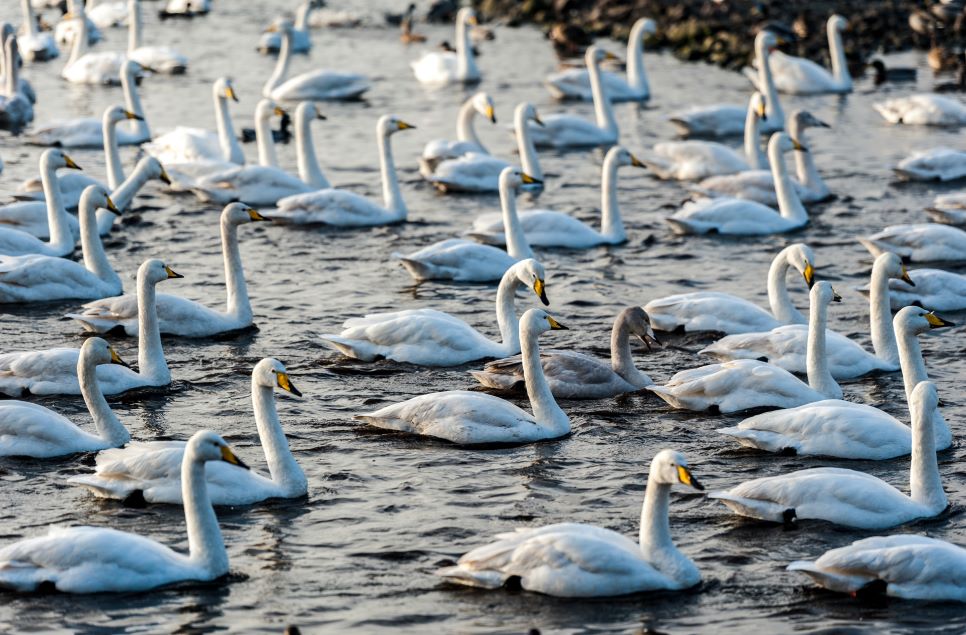Survival of the swans
Regular readers of this blog will know that the Bewick’s swan is in trouble. A key piece of information that has been missing so far is how the swan’s chances of survival have changed over time.
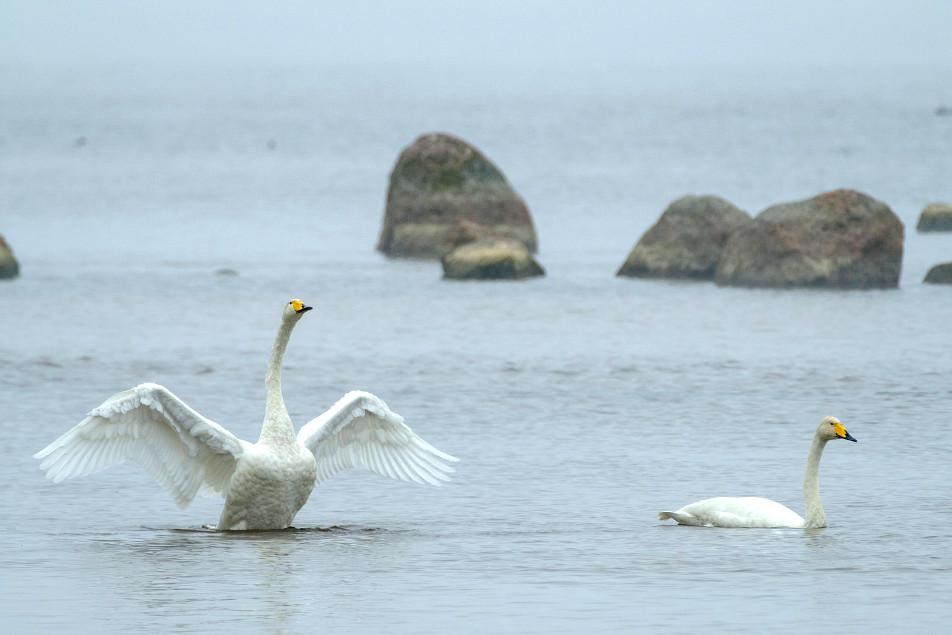
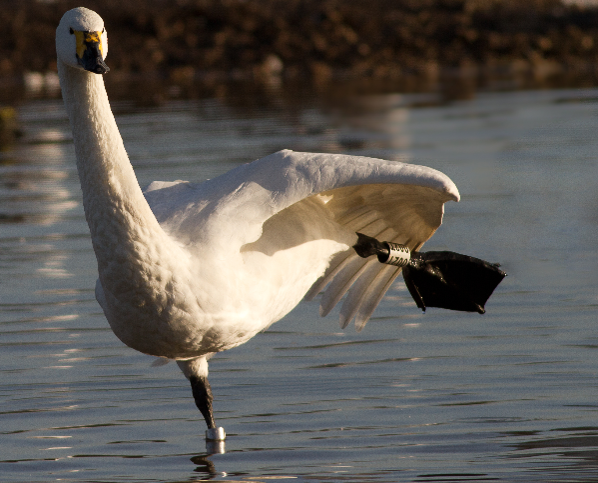 Photo by Colin Butters
Photo by Colin Butters
As the Bewick’s swans start returning to wintering sites in northwest Europe, now seems a good moment to update you on some of our latest research findings.
Regular readers of this blog will know that the Bewick’s swan is in trouble. Number seen during winter in northwest Europe have dropped by around 39% from 29,780 in 1995 to 18,057 in 2010. With the Hope for Swans project, WWT is leading international efforts to uncover the reasons behind this worrying decline.
A key piece of information that has been missing so far is how the swan’s chances of survival have changed over time. To answer this question we worked with researchers across Europe to help us understand how survival chances had changed between winters 1970/71 and 2014/2015. Our research was published recently in the British Ornithologists Union’s journal.
In total 3,929 Bewick’s swans had been caught and fitted with a coloured plastic leg ring or neck collar bearing a unique code to allow that individual to be identified. Sightings of these birds across northwest Europe helped us to estimate the chances that Bewick’s swans would survive from one year to the next. We found that the adult Bewick’s swans marked with leg rings had, on average, around an 85% chance of surviving from one year to the next. The smaller, more vulnerable cygnets had around an 80% chance.
Overall, we found that survival chances varied in line with changes in total numbers of birds, as we expected. Survival chances increased slightly from the 1970s to 1980s, at a time when swan numbers were growing. Subsequently, a small decrease in survival between the 1980s and 1990s/2000s was evident, which could have been sufficient to cause the start of the decline in numbers observed after 1995. We found a sharper drop in survival rates between the 2000s and 2010s, from winter 2008/09 onwards. Adult survival rates fell to 78%, whilst for cygnets survival dropped to 73%.
Understanding what has caused these changes in survival has proved to be more difficult. Changes in the weather conditions in the different regions of the flyway and food resources on the winter grounds showed little relation to changes in swan survival. In our future work we’ll be exploring the role that other factors, such as illegal persecution, lead poisoning, and competition with larger whooper and mute swans, might have played in altering Bewick’s swan survival rates.
Our research would not be possible without your help in finding our marked swans. This August a WWT team visited the Russian tundra to mark more swans to help us continue this study into the future. So please keep looking for the swans each winter. If you spot a colour-marked Bewick’s Swan, please send the details of their ring colour and number along with the date and location of the bird, observer name and contact details to colourmarkedswans@wwt.org.uk.
Dr Kevin Wood (Principle Research Officer)
